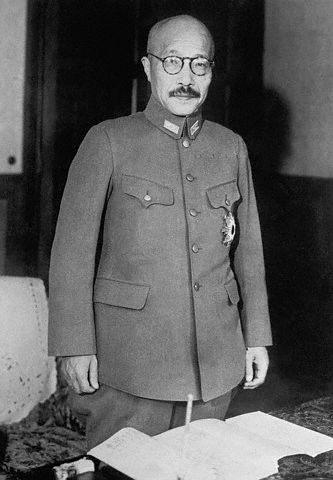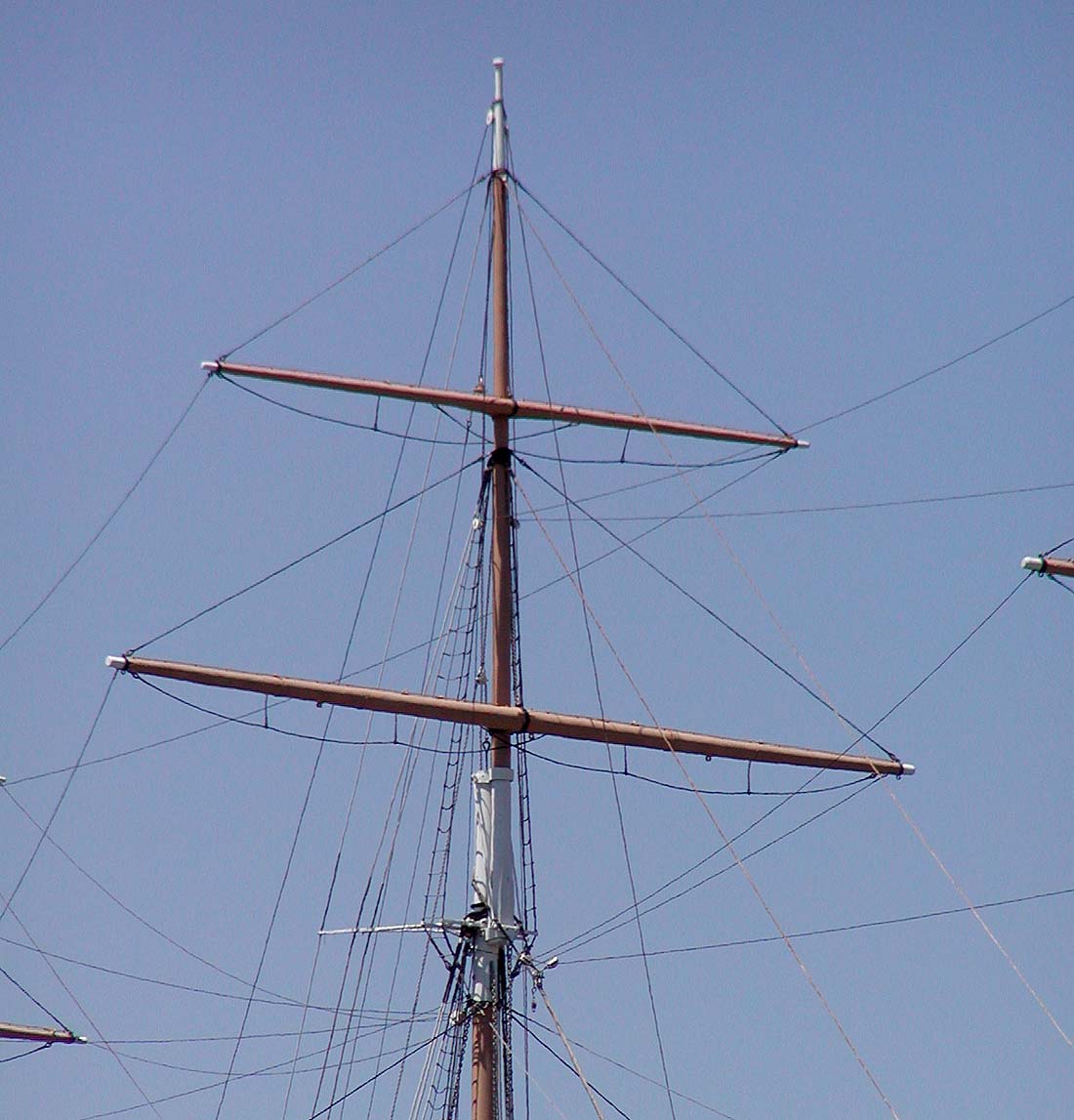|
Arrow-class Oil Tanker
The Arrow class consisted of twelve Steamship, steam-powered Oil tanker, oil tankers constructed for the History of ExxonMobil#Standard Oil of New York (1911–1998), Standard Oil Company of New York (Socony) between 1916 and 1921, which operated under various subsidiaries, successive companies, and the US government throughout their combined 43 years of service, from 1917 until 1959. The tankers carried petroleum and other oil products in various capacities throughout their lifespans. While the ships were all designed for service in Far East, East Asia, many would sail all over the world to places like the Middle East or the Gulf Coast of the United States, Gulf Coast before the United States' entry into World War II. Five ships of the class would be sunk by German U-boats during the war, and the remainder were scrapped by the end of 1959. Construction Following the outbreak of World War I, Socony began designing a new class of oil tanker designed to replace an aging class of Ba ... [...More Info...] [...Related Items...] OR: [Wikipedia] [Google] [Baidu] |
Standard Oil Company Of New York
Mobil Oil Corporation, now known as just Mobil, is a petroleum brand owned and operated by American oil and gas corporation ExxonMobil, formerly known as Exxon, which took its current name after it and Mobil merged in 1999. A direct descendant of Standard Oil, Mobil was originally known as the Standard Oil Company of New York (shortened to Socony) after Standard Oil was split into 43 different entities in a 1911 Supreme Court decision. Socony merged with Vacuum Oil Company, from which the Mobil name first originated, in 1931 and subsequently renamed itself to "Socony-Vacuum Oil Company". Over time, Mobil became the company's primary identity, which prompted a renaming in 1955 to the "Socony Mobil Oil Company", and then in 1966 to the "Mobil Oil Corporation". Mobil credits itself with being the first company to introduce paying at the pump at its gas stations, the first company to produce jet aviation fuel, as well as the first company to introduce a mobile payment device, to ... [...More Info...] [...Related Items...] OR: [Wikipedia] [Google] [Baidu] |
United States' Entry Into World War II
Japan's attack on Pearl Harbor took place on December 7, 1941. The United States military suffered 19 ships damaged or sunk, and 2,40people were killed Its most significant consequence was the entrance of the United States into World War II. The US had previously been officially neutral and considered an isolationist country but subsequently entered the Pacific War, and after Italy's declaration of war and Germany's declaration of war shortly after the attack, the Battle of the Atlantic and the European theatre of war. Following the attack, the US interned 120,000 Japanese Americans, 11,000 German Americans, and 3,000 Italian Americans. American public opinion prior to the attack From the outbreak of World War II on September 1, 1939, to December 2, 1941, the United States was officially neutral, as it was bound by the Neutrality Acts not to get involved in the conflicts raging in Europe and Asia. Before the attack on Pearl Harbor, public opinion in the United States had n ... [...More Info...] [...Related Items...] OR: [Wikipedia] [Google] [Baidu] |
Mast (sailing)
The mast of a sailing vessel is a tall spar, or arrangement of spars, erected more or less vertically on the median line of a ship or boat. Its purposes include carrying sails, spars, and derricks, giving necessary height to a navigation light, look-out position, signal yard, control position, radio aerial, or signal lamp. Large ships have several masts, with the size and configuration depending on the style of ship. Nearly all sailing masts are guyed. Until the mid-19th century, all vessels' masts were made of wood formed from a single or several pieces of timber which typically consisted of the trunk of a conifer tree. From the 16th century, vessels were often built of a size requiring masts taller and thicker than from single tree trunks. On these larger vessels, to achieve the required height, the masts were built from up to four sections (also called masts). From lowest to highest, these were called: lower, top, topgallant, and royal masts. Giving the lower section ... [...More Info...] [...Related Items...] OR: [Wikipedia] [Google] [Baidu] |
USS Broad Arrow- Camouflage Design, Starboard Side, Adapted To U
USS may refer to: Arts, entertainment, and media * Ubiquitous Synergy Seeker, a Canadian band * Universal Studios Singapore, a theme park in Singapore Businesses and organizations * Union of Sovereign States, the planned successor to the Soviet Union * Union Switch & Signal, a supplier of railroad switching equipment * Union Syndicale Suisse, the Swiss Trade Union Confederation * United Seamen's Service, a non-profit, federally chartered organization founded in 1942 * United State of Saurashtra, a separate, western State within the Union of India from 1948 until 1956 * United States Senate, the upper chamber of the United States Congress * U.S. Steel Corporation * USA Swimming, formerly United States Swimming, the national governing body for competitive swimming in the US * Universities Superannuation Scheme, a pension scheme in the United Kingdom * United Peasant Party (''Ujedinjena seljačka stranka''), a political party in Serbia Computing * Unformatted System Services, th ... [...More Info...] [...Related Items...] OR: [Wikipedia] [Google] [Baidu] |
Dixie Arrow General Plans FINAL
Dixie, also known as Dixieland or Dixie's Land, is a nickname for all or part of the Southern United States. While there is no official definition of this region (and the included areas have shifted over the years), or the extent of the area it covers, most definitions include the U.S. states below the Mason–Dixon line that seceded and comprised the Confederate States of America, almost always including the Deep South. The term became popularized throughout the United States by songs that nostalgically referred to the American South. Region Geographically, ''Dixie'' usually means the cultural region of the Southern states. However, definitions of Dixie vary greatly. Dixie may include only the Deep South (Alabama, Mississippi, South Carolina, etc.) or the states that seceded during the American Civil War. "Dixie" states in the modern sense usually refer to: #South Carolina #Mississippi #Florida #Alabama #Georgia #Louisiana #Texas #Virginia #Arkansas #Tennessee #North Car ... [...More Info...] [...Related Items...] OR: [Wikipedia] [Google] [Baidu] |




